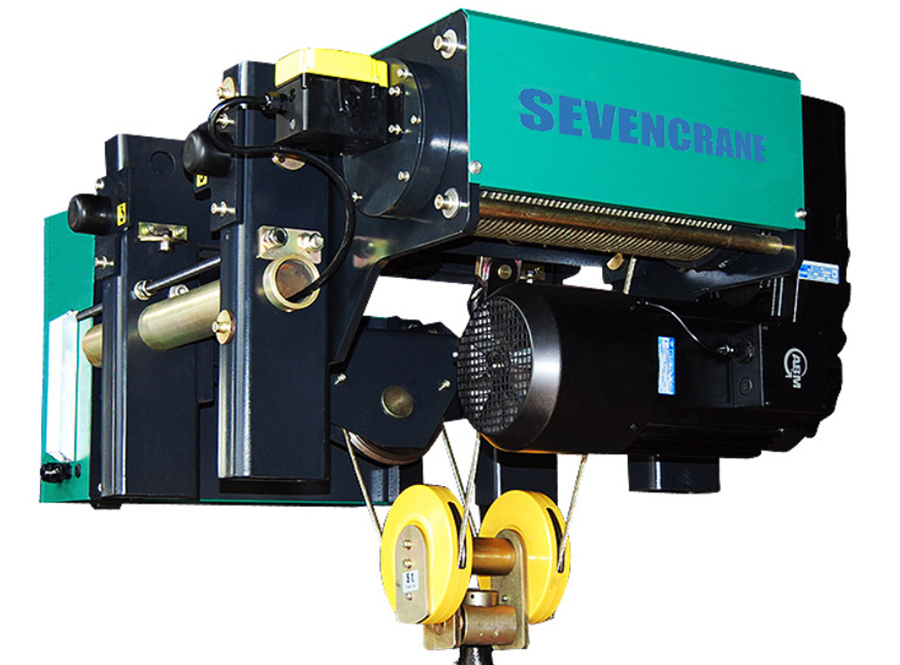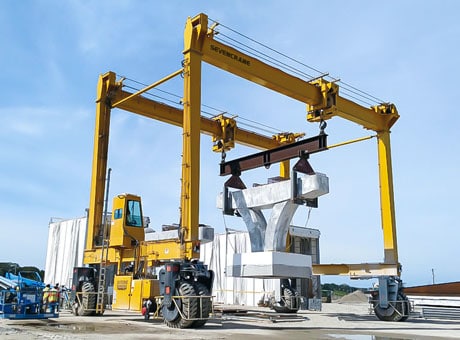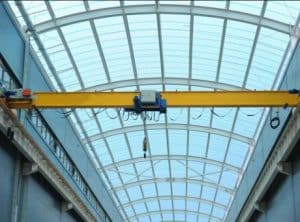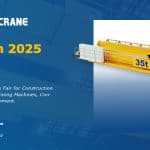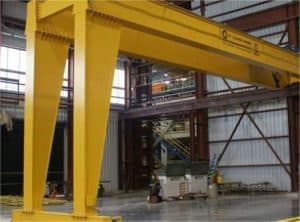The jib crane on wheels is a new generation of light lifting equipment made to adapt to modern production. It is equipped with a highly reliable electric chain hoist and is especially suitable for short-distance, frequently used, intensive lifting operations. It is efficient, energy-saving, trouble-free, and occupies space. It has small floor area and is easy to operate and maintain.
The SEVENCRANE jib crane on wheels is more flexible and adaptable. It is an essential independent emergency hoisting equipment for efficient automatic production lines. It can ensure the smooth flow of the production line.
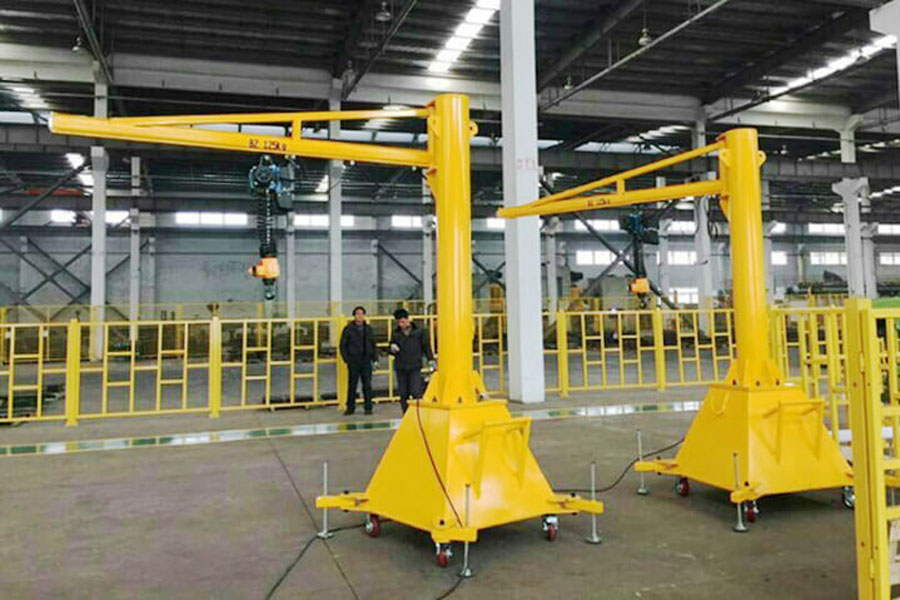
SEVENCRANE Brand Jib Crane On Wheels Safety Device
In order to avoid dangerous accidents during production operations and ensure the safety and reliability of jib crane lifting operations, mobile jib cranes are usually equipped with corresponding safety devices. With the continuous advancement of industry technology, the 360 degree jib crane on wheels with lifting equipment now have complete safety devices.
The complete safety device of the mobile jib crane mainly consists of three safety devices: the boom amplitude safety device, the height limit device and the mobile outrigger device. The perfect cooperation of these three safety devices provides the greatest protection for the safe operation of the jib crane.
Among them, the boom luffing safety device can make the boom retract on its own when the high-pressure hose or oil pipe bursts or is cut off to achieve a protective effect; the height limit device can make the limit limit after the hook is raised to the specified height. The position weight releases the restraint and returns the operation to normal; and the outrigger locking device can block the pressure oil in the two chambers of the cylinder in an emergency so that the outriggers do not shrink or throw out.
In addition to the above three major safety devices, the freestanding jib crane on wheels also has other safety devices, which work closely together to provide a safe and reliable operating environment for the jib crane.
Technical Requirements Before Installation of Jib Crane On Wheels Track Beams
1. The strength grade of the concrete leveling layer of the cantilever crane is C30, and the thickness is 30~50mm.
2. Before construction of the concrete leveling layer, the installation deviation of the track beams should be checked as required. If it does not meet the requirements, the track beam should be adjusted.
3. According to the measured elevation of the track beam surface, determine a suitable control elevation of the top surface of the concrete leveling layer, and set a reference point for control elevation every 214 to 310m on the track beam.
4. Use instruments to measure and adjust the elevation of the datum point with the cantilever crane, determine the datum line for the top elevation of the leveling layer, then install the formwork, remove debris from the top surface of the track beam and the bolt holes, and plug the bolt holes. After it is wet with water, concrete can be poured.
5. The top surface of the leveling layer must be leveled and calendered. There must be no exposed stones or unevenness. Leveling by laying additional cement mortar on the surface is not allowed.
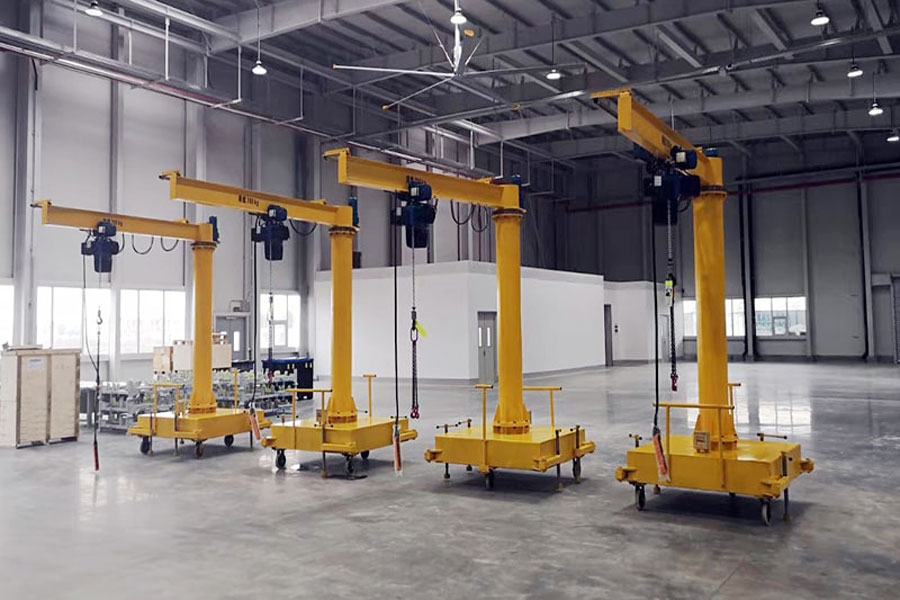
6. During the construction of the mobile jib crane, instruments must be used for measurement and inspection at any time. The top surface of the leveling layer must meet the following requirements: the unevenness of the top surface within the 400mm width range of the bolts is ≤5mm; the elevation difference of the top surface of the bolts within any 610m length is ±3mm; The top elevation difference of each bolt along the entire length is ±5m.
7. The concrete for the factory direct sale jib crane on wheels is mixed mechanically, and maintenance should be strengthened during construction. Only when the concrete test block reaches 75% of the designed strength value can the track installation work be carried out.








